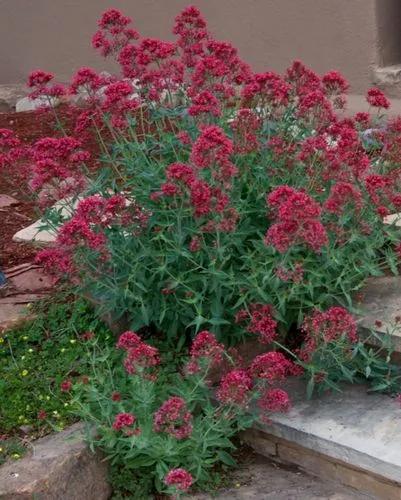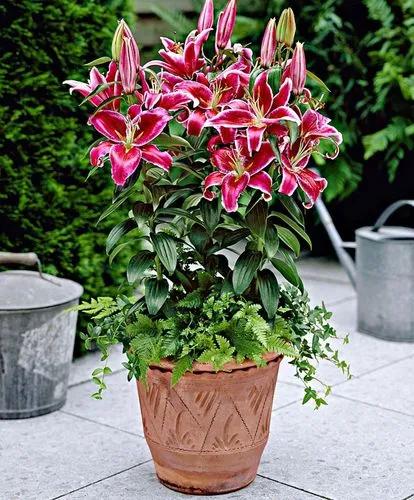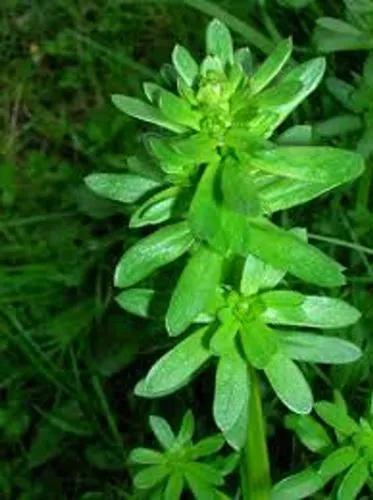Sempervivum montanum is a small, hardy succulent with tight rosettes, up to 3 inches (7.5 cm) in diameter, crowded with fleshy, mid green leaves. It produces many offsetting rosettes that are held tightly crowded together.
Mountain house-leek Care
Sempervivum montanum



Sempervivum montanum is native to mountainous areas of southern Europe from the Pyrenees east through the Alps to the Carpathian Mountains and south into Corsica. The name for the genus comes from the Latin words 'semper' meaning "always" and 'vivus' meaning "living" in reference to the long living nature of these plants. Specific epithet is from this plants habitat in mountainous regions. The common names Houseleek or Roof House Leek comes from the ancient practice of planting these plants on the thatched roofs of houses to prevent roof fires caused by lightning. The alternate common name of Hen and Chicks is because the older center plant in a clump is larger and surrounded by smaller plants.
How to Care for the Plant

Water

Just as they receive regular rainfall when growing in the wild, hardy succulents will need about 0.5" to 1.0" of water (including precipitation) once a week to look their best in the hottest, driest periods of their summer growing season.

Sunlight

Plant in sun or light shade (protect from intense sun inland).

Soil

Choose a spot with a sandy well-drained soil.

Temperature

This succulent is hardy well below 0°F. It can be grown in the areas with the lowest winter temperature of -34.4°C (-30°F).

Container

This plant can be grown in a container. Choose a pot with enough drainage holes.

Popularity

343 people already have this plant 80 people have added this plant to their wishlists
Discover more plants with the list below
Popular articles






